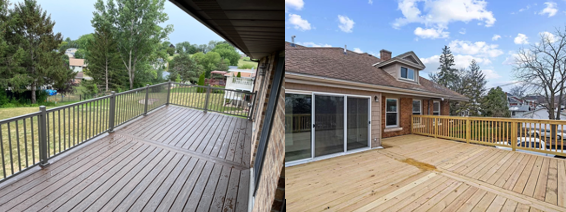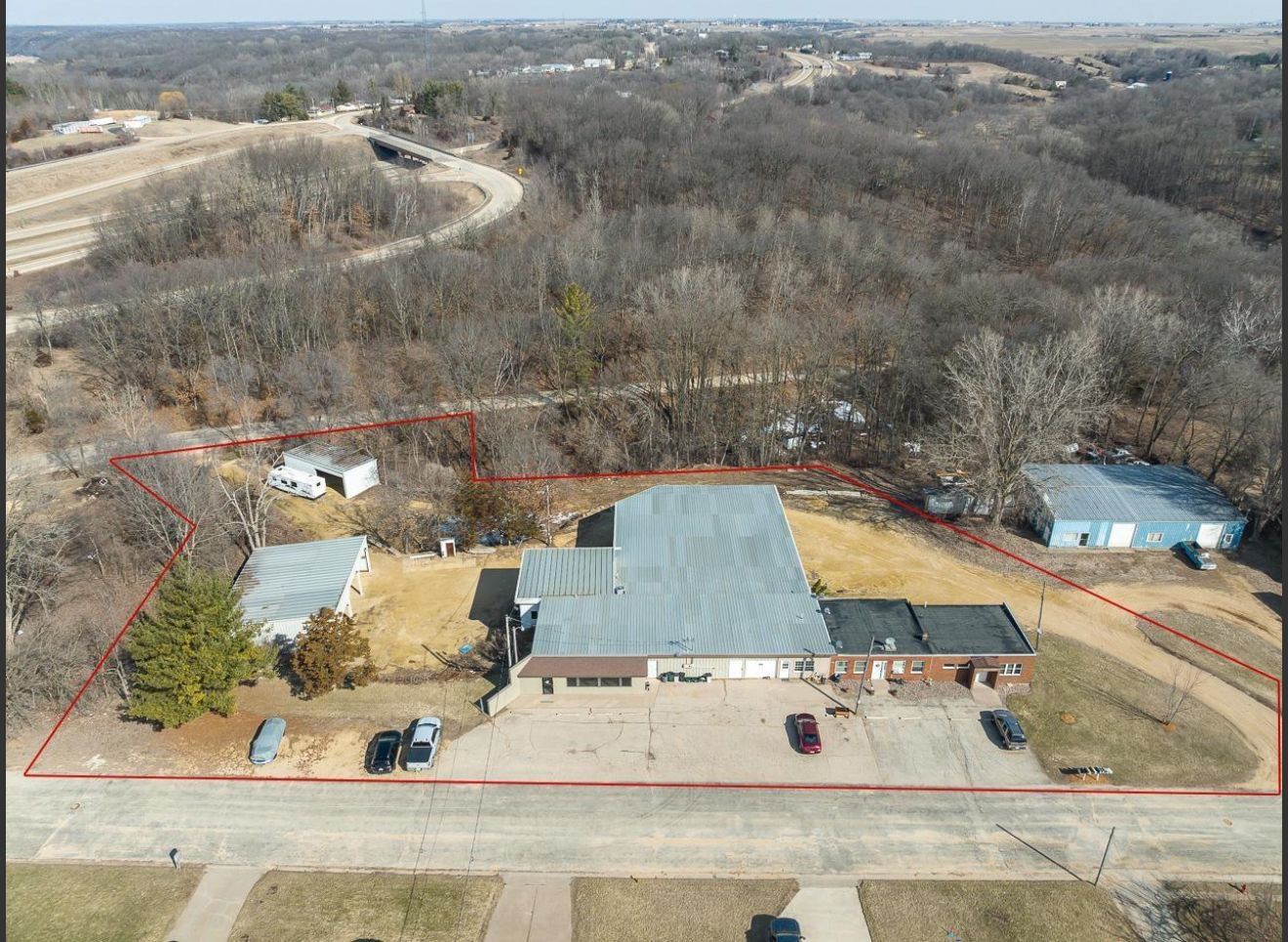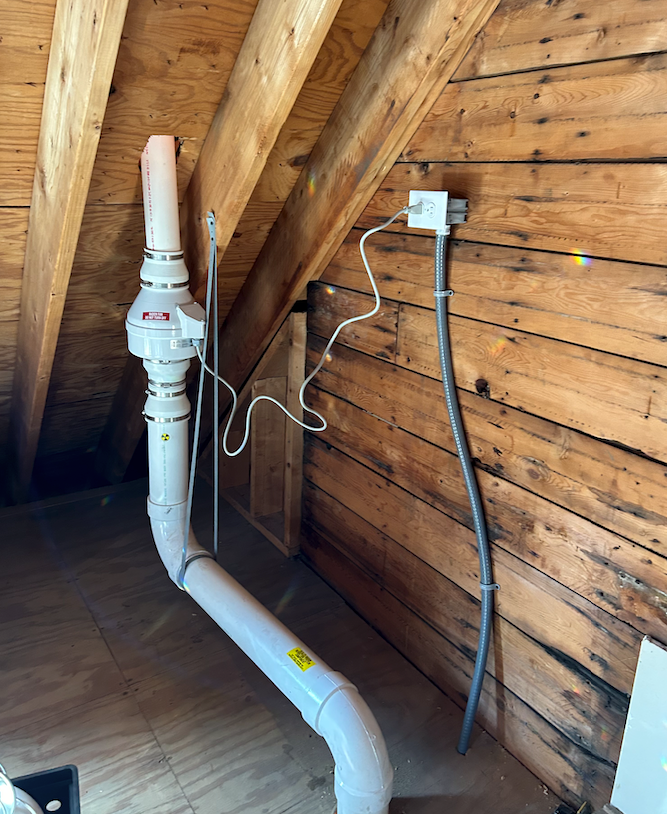2025 Tri-State Community Choice Winner 2025 Quality Business Winner CALL US: 1-888-402-5618
Choosing Between Green Treated and Composite Decks: What You Need to Know
Choosing Between Green Treated and Composite Decks: What You Need to Know

When it comes to building a deck, choosing the right material is crucial for both the aesthetics and longevity of your outdoor space. Two popular options are green treated wood and composite decking. Each comes with its unique benefits and cost considerations. In this blog, we'll explore the differences between green treated decks and composite decks to help you make an informed decision.
Understanding Green Treated Wood Decks
What is Green Treated Wood?
Green treated wood, also known as pressure-treated wood, is lumber that has been treated with chemical preservatives to protect it from rot, insects, and weather elements. This treatment process helps extend the life of the wood, making it a durable option for outdoor use.
Advantages:
Cost-Effective: One of the most significant advantages of green treated wood is its affordability. It is generally less expensive than composite decking, making it a great option for those on a budget.
Strength and Durability: When properly maintained, green treated wood can last for decades. It’s strong enough to withstand heavy foot traffic and a variety of weather conditions.
Natural Look: For those who prefer a traditional wood aesthetic, green treated wood offers that natural charm that can blend seamlessly with outdoor environments.
Maintenance:
Green treated wood requires regular maintenance to keep it looking good and to extend its lifespan. This includes staining or sealing every two to three years, which can add to the long-term cost and effort.
Exploring Composite Decking
What is Composite Decking?
Composite decking is made from a blend of wood fibers and plastics, which are molded into board shapes. It is designed to look like wood but has properties that make it more resistant to the elements, reducing maintenance needs.
Advantages:
Low Maintenance: Unlike wood, composite decking does not require staining, sealing, or painting. It is designed to resist fading, staining, and mold, which makes it a low-maintenance option.
Longevity: Composite decks are highly durable and can last longer than wood without the risk of splintering, warping, or rotting.
Variety of Options: Composite decking comes in a wide range of colors and styles, allowing homeowners to customize the look to match their personal style and home's exterior.
Cost Consideration:
Composite decking is generally more expensive upfront than green treated wood. However, the lower maintenance costs can make it a more cost-effective option over the long run.
Price Comparison
The cost of decking materials can vary widely based on the quality of the materials and the specifics of the project. On average, composite decking can be 2-4 times more than green treated wood. These prices can fluctuate based on geographic location, complexity of the deck design, and additional features such as railings and stairs.
Making the Right Choice
Choosing between green treated wood and composite decking ultimately depends on your budget, maintenance willingness, and aesthetic preference. If initial cost is a major factor and you don’t mind the upkeep, green treated wood might be the way to go. However, if you prefer a deck that requires less maintenance and offers longer-lasting beauty, composite decking could be the better investment. Many reputable companies that offer deck installations also provide financing options, making it easier and more affordable to choose the right deck for your needs.
Both materials offer distinct benefits and can create a beautiful and functional outdoor space. By considering your specific needs and lifestyle, you can select the material that best suits your vision for your deck.
Building Dreams with AMC Homes: From Blueprint to Reality



a b c d e f g h i j k l m n o - Do not remove from template!!! it is important to support different fonts
Contact Us
We will get back to you as soon as possible.
Please try again later.
